Currently I am in the process of scanning some of my father’s documents. Humans are a strange bunch of contradictions like an untidy, unwieldy parcel tied up in brown paper and string. One thing to one person and something completely different to another.
I feel quite uncomfortable at times as if I am pulling back a curtain and looking at something intensely private, something not meant for my prying eyes. But then what do we do with the flotsam and jetsam we collect throughout our lifetime.
Do I put in the rubbish, burn it, rip it up so no one will ever see the words on the page? Or do I conserve it and share with my children so that we may all understand better the man we called Dad and Pa.
I have taken the plunge and scanned some items and I will share them here so the grandchildren and great grandchildren can see them.
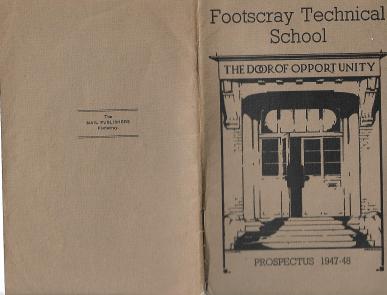
These are from Dads school days. He attended Rosamund Road Primary School in Footscray and then Footscray Technical School pre and post war – we will start with the Tech School;
This is the information booklet. Dad was studying Electrical Engineering before signing up join the RAAF as a Radar Operator. He wanted to be a pilot but he did not have the fine motor skills required.
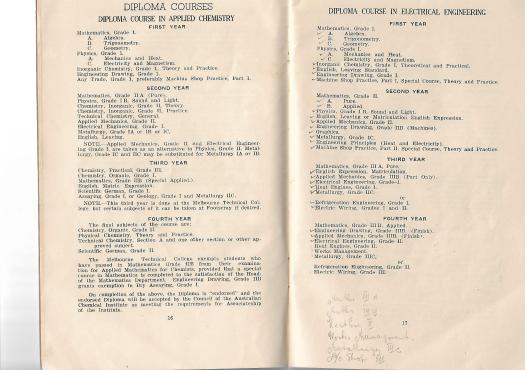
His handwriting is visible in pencil at the bottom of the right hand page. He was working out what courses he had completed and what lay ahead.
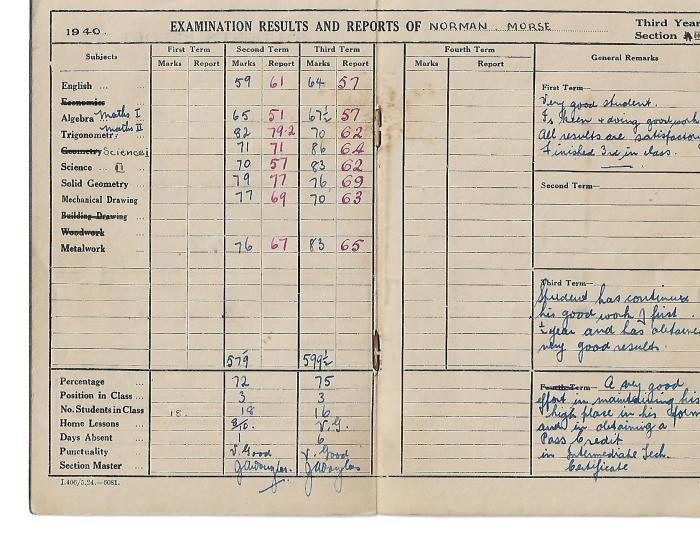
Dad married in 1947 post war and went back to Tech and completed his Diploma. He acquired a government funded traineeship and went to work at Department of Defence in Maribyrnong and when he retired in the mid 1980s he was General Manager Defence. He was a member of the Australian Society of Mechanical and Electrical Engineers and also The Association of Professional Engineers Australia.
There was another side to my dad a softer, loving man who adored the woman he married right up to the time when he sometimes forgot who she was. He wrote this poem for her early in their time together. Two things never changed with Dad his writing and his love for Mum. I can read the words and hear his voice; the poem is called PATRICIA.
 He was a kind , loving gentle man- he is missed everyday by those who love him and the world is now a different place without his physical presence. Norm Norse 1925-2015
He was a kind , loving gentle man- he is missed everyday by those who love him and the world is now a different place without his physical presence. Norm Norse 1925-2015
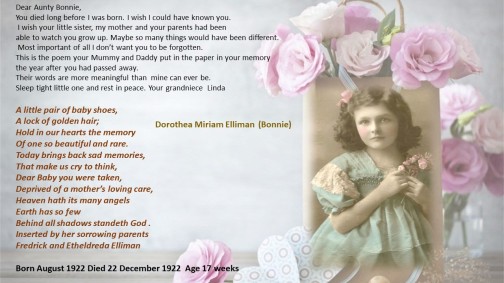 What is it that drives us to connect with those who have passed long before we were born?
What is it that drives us to connect with those who have passed long before we were born?

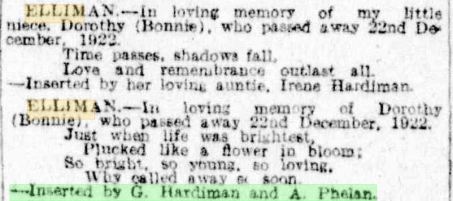
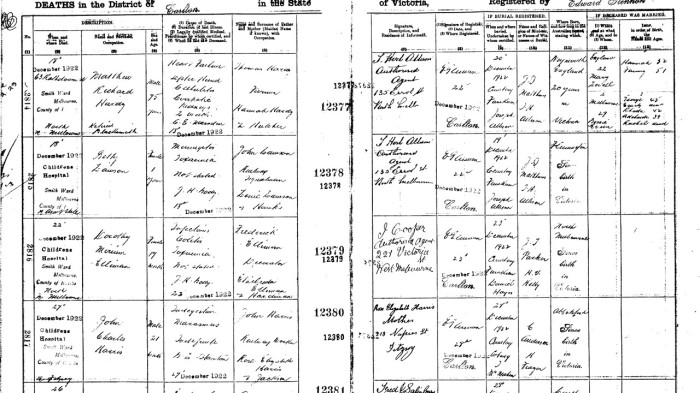
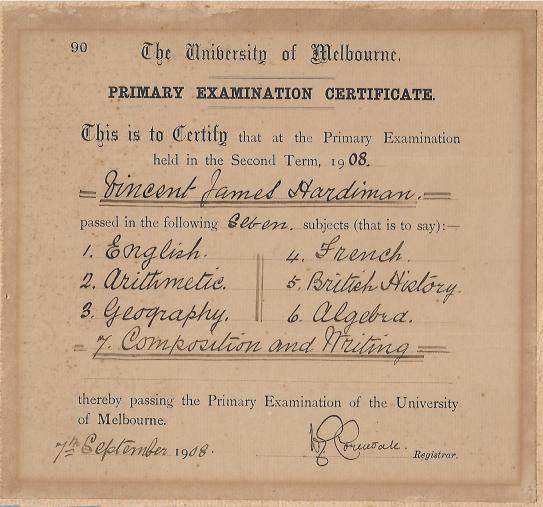
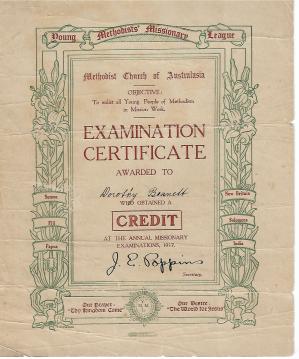
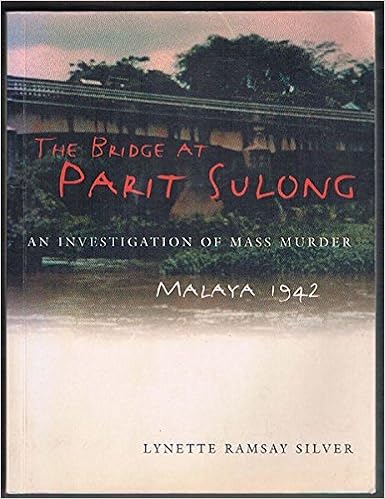 pub 2004
pub 2004